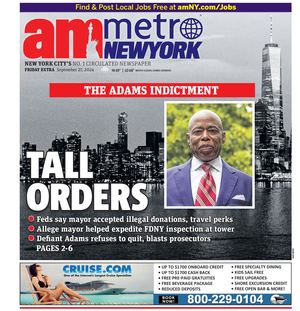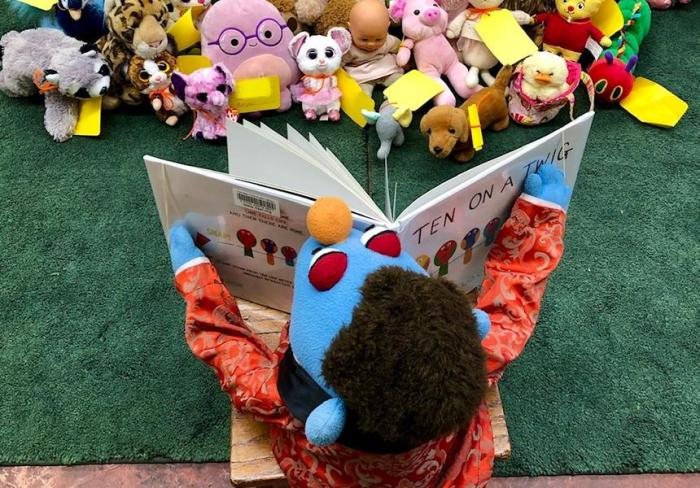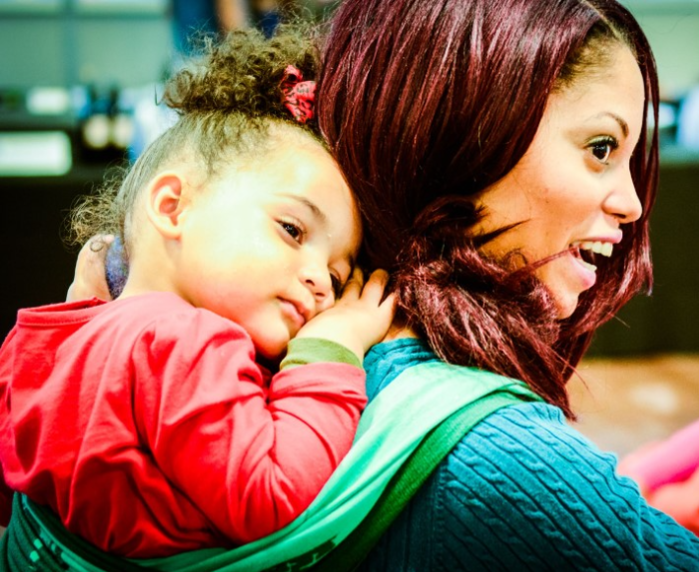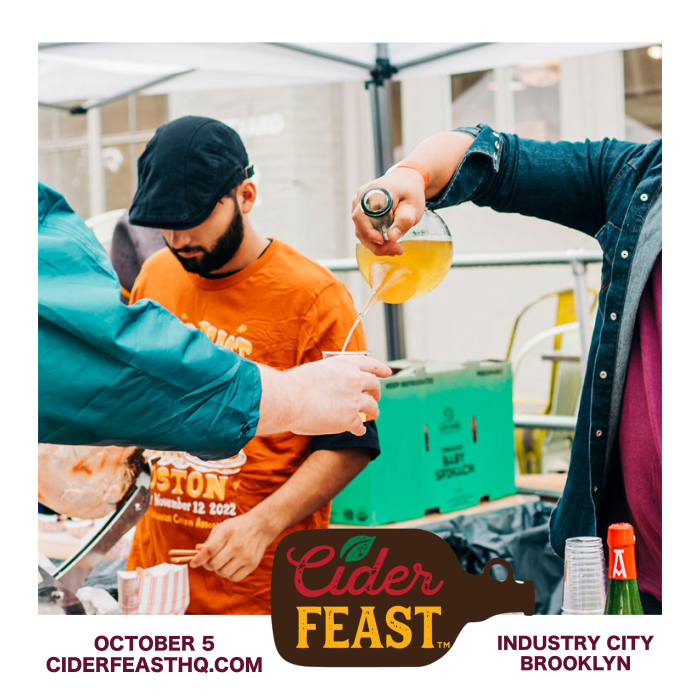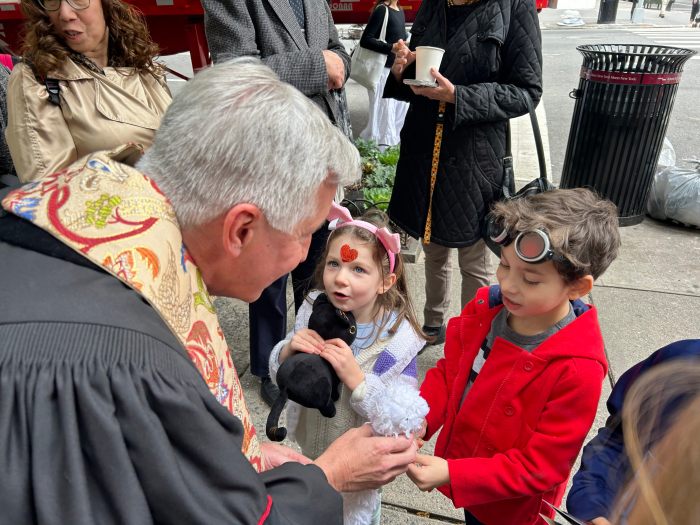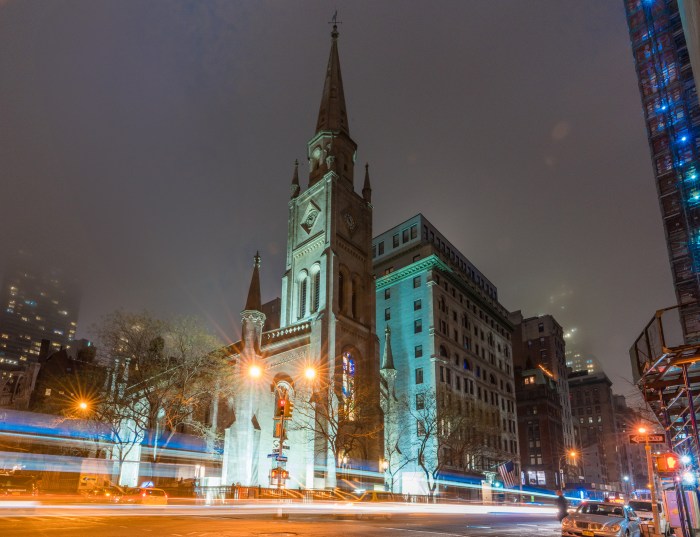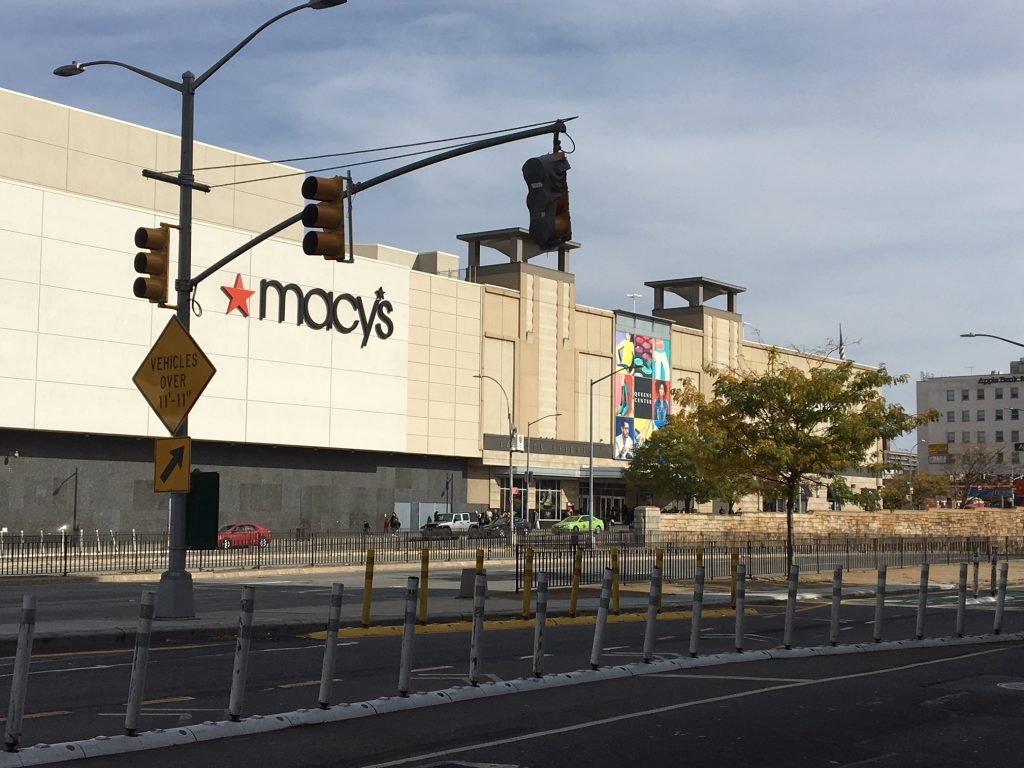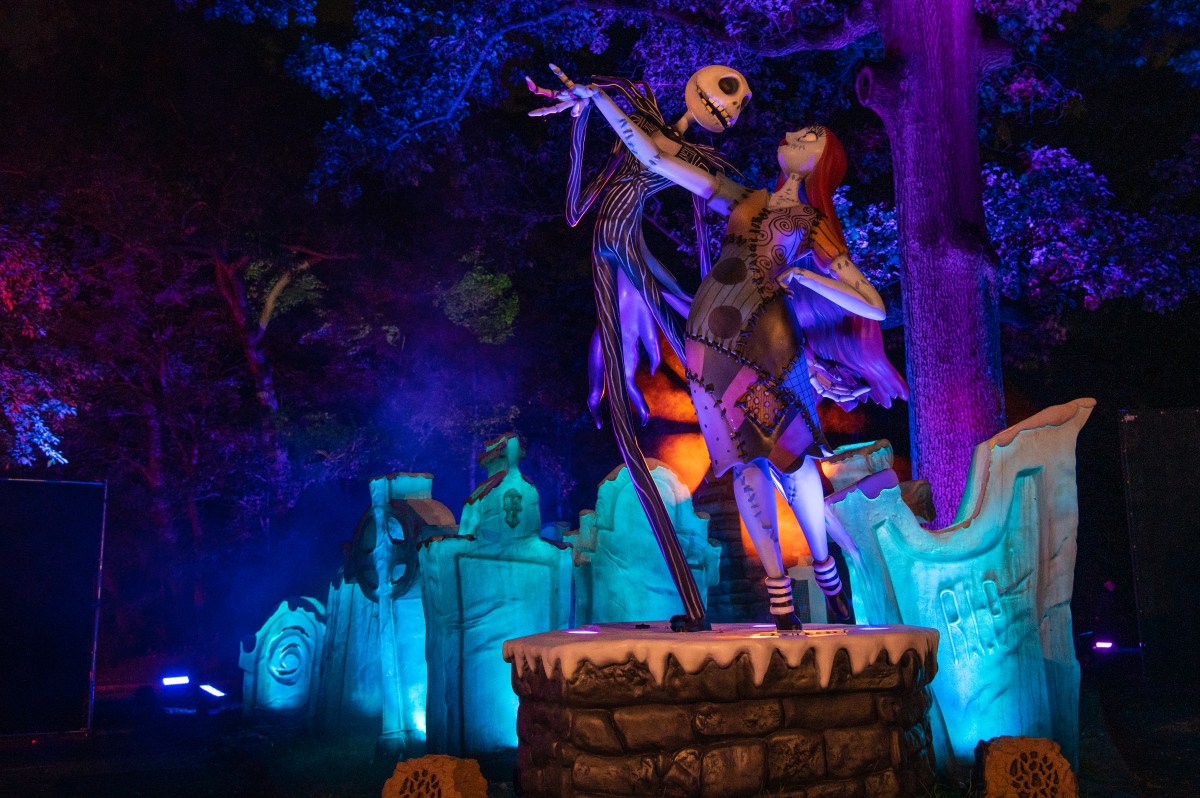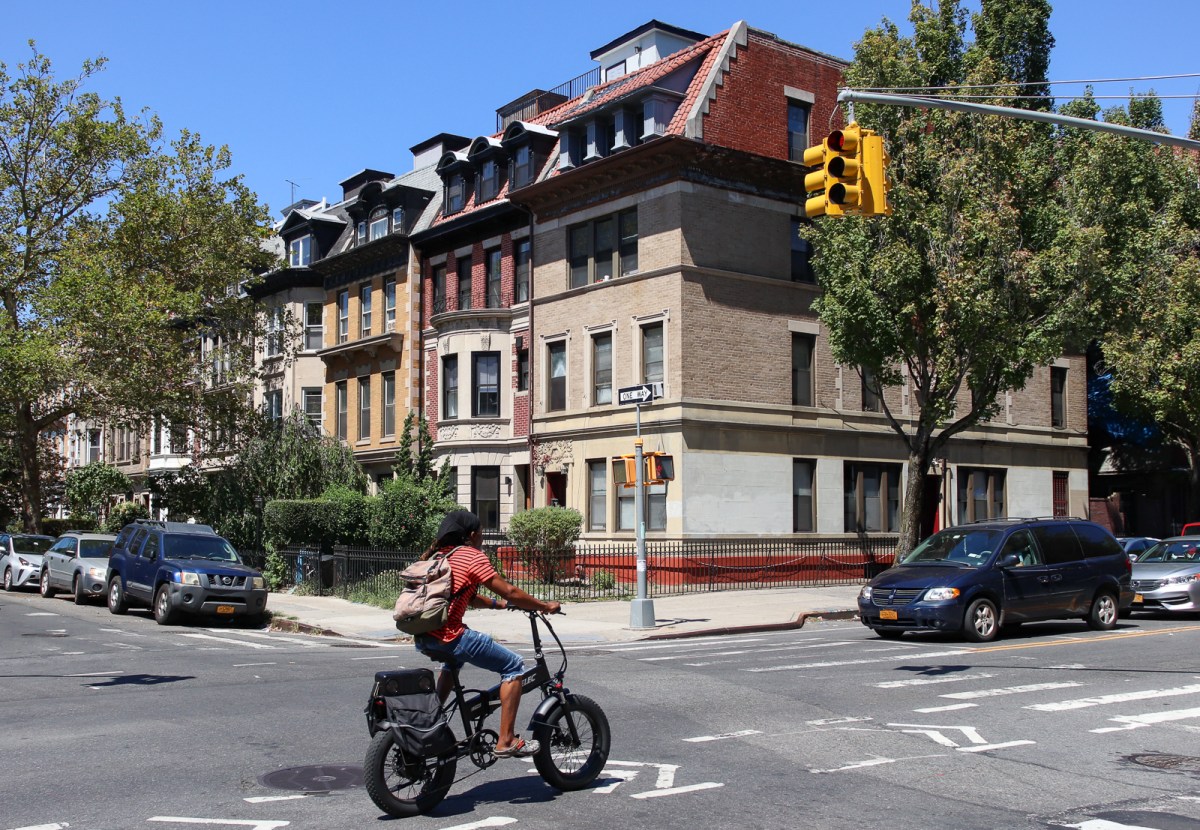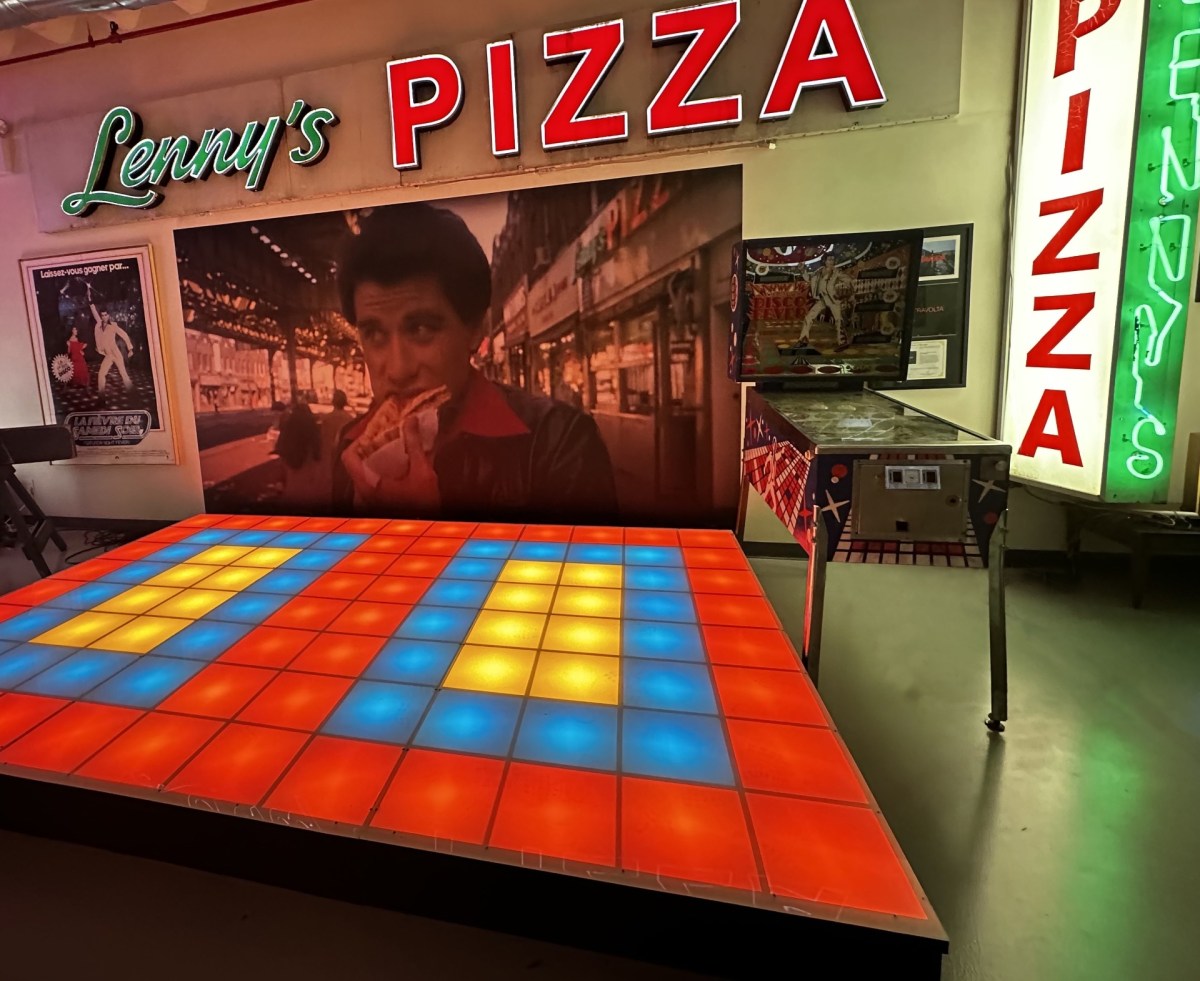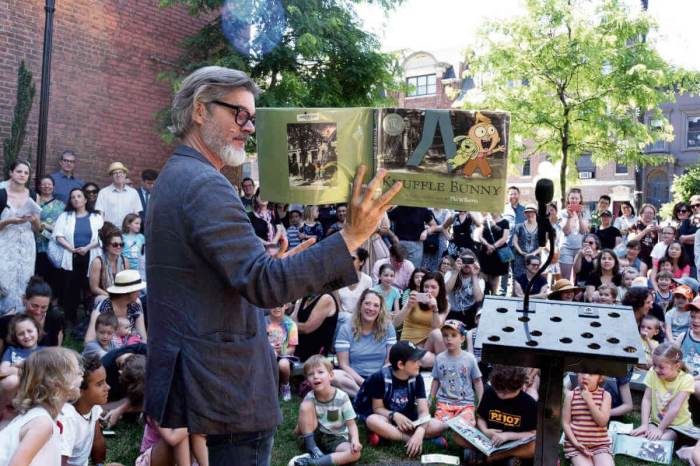BY STEPHANIE BUHMANN
Liao Yibai, Imaginary Enemy
Through August 15
At Mike Weiss Gallery,
520 West 24th Street
212-691-6899
“Imaginary Enemy” is the first New York solo exhibition for the Chinese artist Liao Yibai, who currently resides in Beijing and Chongqing. It features a selection of new sculptures exploring how the Chinese experienced America — as both myth and threat — during the Cultural Revolution and shortly thereafter. Yibai’s sculptures are made of stainless steel in a somewhat cartoonish style that makes his works look playful at first. A closer inspection, however, reveals contents that are serious and deeply reflective on cultural differences.
“Cash Fighting” manifests as a figurative take on the “battle” between U.S. and Chinese currencies — the fluctuations of which have significant impact on trade balances. The sculpture depicts Ben Franklin and Chairman Mao as they reach out of stacks of currency, their fists in boxing gloves and raised to fight.
Other sculptures contain autobiographical overtones, such as “Top Secret Hamburger.” This piece was inspired by Yibai’s childhood memory of his first tasting of an American hamburger when attending school at the military factory, where his father worked. It was not until the father of a classmate brought back a five-day-old hamburger from a recent visit to America — pulled from a “Top Secret” stamped envelope — that Yibai was able to try a piece of what their teacher instructed them as being a symbol of American decadence and capitalism. A similar story preceded the making of “PLA Whiskey.” When a friend took Yibai to visit his 90-year-old grandfather (bringing him a bottle of American whiskey as a gift), the old man began to cry. Yibai learned that it was when stationed in North Korea to fight the American army that the old man had his first taste of it. He came across the liquor in a raided American camp and after being asked to taste the whiskey for poison, he sip by sip had fallen in love with it. It took forty years before he was able to have another taste.
These stories, albeit founded on a severe construct of paranoia, are told in sculptural form with a sense of humor. It is Yibai’s ambition to relay that the establishment of “enemies” is often based on misunderstandings and fear rather than on actual threats. His work sends the hopeful message that new beginnings can be found in the ability to laugh at one’s former prejudices sprung from a lack of knowledge.
Judy Glantzman: The White Paintings, 1999-2001
Through August 7, at Betty Cunningham Gallery
541 West 25th Street
212-242-2772
Following Judy Glantzman’s recent 30-year retrospective at the Dactyl Foundation, this exhibition examines a rather specific body of work within the artist’s oeuvre. Her so-called “White Paintings” were made between 1999 and 2001 and begun shortly after her father’s death. In a personal statement that accompanies this exhibition, Glantzman describes how her loss and the subsequent contemplation of the “fleeting quality of our physical selves” prompted this particular series.
In her statement, Glantzman cites an exhibition of portraits by the French Neoclassicist painter Jean-Auguste-Dominique Ingres (1780-1867), which she saw at the Metropolitan Museum in 1999, as her inspiration to pursue the image of a “beautiful and adult female figure.” But in contrast to Ingres, Glantzman has stripped her subjects of any social references and instead focuses purely on emotion. Her female figures appear to be struggling to emerge from the white background, which constantly threatens to swallow them up. It’s as if Glantzman’s intention was to capture the fragility of the individual’s soul rather than the individual herself.
Reflecting on the process that was involved in the “White Paintings,” Glantzman remembers how she aimed to detach herself from the act of looking and conscious decision-making. It was mostly intuition that guided her; she would only consider a work finished when she felt herself truly disengaged. It is in light of the personal circumstances that initiated this body of work that one begins to wonder if each female figure might in fact represent a facet of the artist herself. At Betty Cunningham, where five large (ca. 90 x 80 inches) paintings and related works on paper are on display, viewers will find themselves guessing if the “White Paintings” are indeed self-portraits in disguise.
(Curated by Cameron Jamie)
Through August 14
At Gladstone Gallery,
515 West 24th Street
This exhibition features the work of American cartoonist and illustrator Basil Wolverton (1909-1978), whose technique LIFE Magazine once described as the “spaghetti and meatball school of design.” While Wolverton began publishing his work in 1925 at the age of sixteen, his most active period was between the mid-1940s through the 1970s. Despite not having had a formal art education, he created a unique signature style that blended an affinity for the grotesque with humor and wit.
Selected from the collection of Glenn Bray, the works in this exhibition show the vast range of Wolverton’s abilities. Rendered mainly in black ink on white paper and assembled into cohesive groups, the works reveal the extent of this unusual artist’s skill and talent.
Early drawings (which were published in comic books such as “Spacehawk”) are on display as well as portraits made for Topps Chewing Gum in the 1960s. The ink drawing “MAD Reader #6” was made for Harvey Kurtzman’s comic-book version of MAD Magazine in 1954 and a darker, almost apocalyptic tone is found in works such as “Plague of Darkness with Boils” (1950) and the early drawing “Sci-Fi Pulp Illustration” from 1935. Other notable works refer to the comic book character “Powerhouse Pepper,” a somewhat dim-witted boxer with superhuman powers, whom Wolverton developed in the 1940s.
Born in Central Point, Oregon, Basil Wolverton resided most of his life in the Pacific Northwest. It was on the West coast that in recent years his oeuvre has experienced a resurgence of sorts. In 2006, his work was exhibited at The Portland Art Center in Oregon and in 2007 the CSUF Grand Art Center in Santa Ana, California organized another solo show. The exhibition at Gladstone will provide the rare opportunity to explore Wolverton’s work in depth.
JOHN CURRIN: Works on Paper
(A Fifteen Year Survey of Women)
Through August 21
At Andrea Rosen Gallery,
525 W 24th Street
(212) 627-6000
In 2003 (the year of his mid-career survey at the Whitney Museum of American Art), John Currin switched his affiliation from his New York dealer of fourteen years, Andrea Rosen, to Larry Gagosian’s gallery. Currin’s decision startled the art world at the time and many deemed him ungrateful when considering that it was Rosen who established him as one of the most sought after painters of his generation. However, at least in public, Rosen took it in stride and on December 23, 2003 The New York Times quoted her as saying that she was looking “forward to a continued involvement in John Currin’s work.”
True to her word and a little less than six years after the split, Rosen inaugurates the summer with an exceptional John Currin exhibition. It is an unusual one in that it focuses solely on the works on paper of this artist, who is known for satirical figurative paintings rich in provocative sexual content. With a checklist of seventy-seven works (lent by fifty individual and institutional collectors), it is the most comprehensive exhibition of John Currin’s works on paper to date.
With each drawing, we are given further insight into Currin’s working process. Many of the drawings — which range from simple studies to complex works on paper in color — are concerned with the same subject and relate to famous paintings (such as 2003’s “Thanksgiving”). As a whole, the works reveal how thorough and multi-faceted Currin’s elaboration on the female figure truly is — and his women appear as colorful fusions of Renaissance Venuses, suburban housewives, 1970s Playboy bunnies and polished magazine fashion models.
Through the inclusion of examples from every period of Currin’s oeuvre, the exhibition proves how whole-heartedly Currin has been devoted to his theme. It also succeeds in revealing how Currin has employed the female figure as a means to blur the line between the subject and its form. Currin challenges his audience to see beyond the nude, fleshy curves of the women. Those who will not simply be caught up and distracted by the flesh, will be able to contemplate compositional matters, which in Currin’s case harks back to classical ideals and thrift store kitsch.
